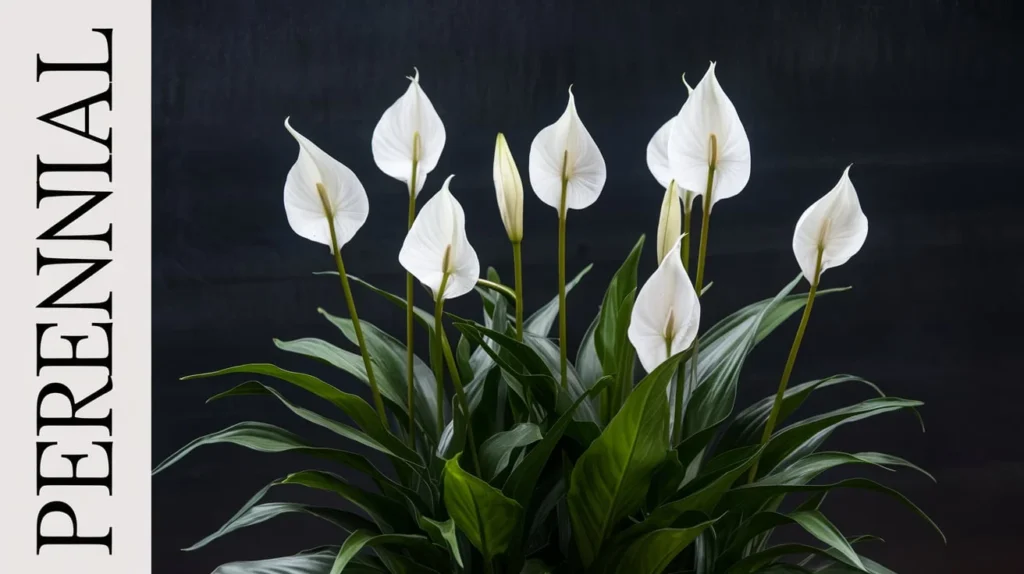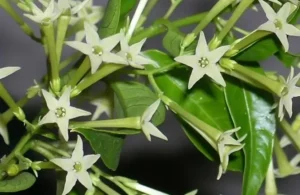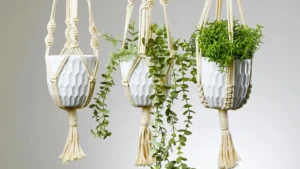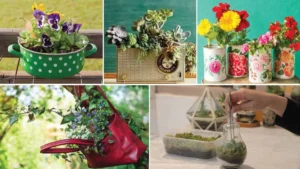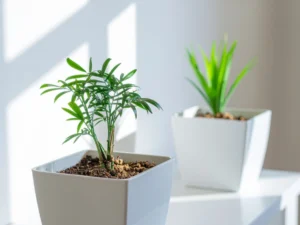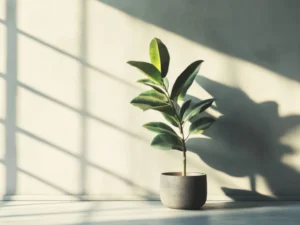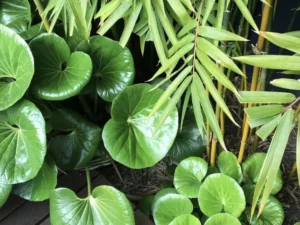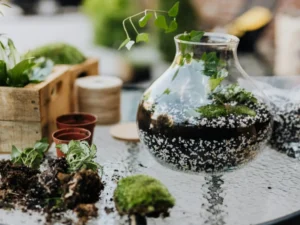Garden lovers often wonder about the peace lily (Spathiphyllum). Is it a peace lily perennial or annual? It’s a stunning plant. It is important to know how the peace lily grows, as this explains the correct way of taking care of this decorative pot plant. With its shiny, dark leaves and beautiful white flowers, a peace lily is a favourite for every gardener from the beginner’s level to the most advanced. This article will explore the peace lily. It’s a perennial. We’ll cover its traits, care, and tips for keeping it beautiful for years.
Is the Peace Lily perennial or annual?
The indoor plant known as the peace lily belongs to the group of perennial plants. Perennials are plants that do not complete their life cycle in a single growing season. For instance, the peace lily can endure for several years. Proper care of the peace lily may extend its life for several decades, which is quite beneficial in nurturing the plant, whether indoors or outdoors.
The Perennial Aspects of Peace Lilies
Lifespan: It is quite natural for peace lilies to grow for many years. Often, they continue to grow and flower in the existing pot for several seasons. This ensures that peace lilies will be a perfect indoor plant for individuals who want reliability with them.
Growth Cycle: For as long as they are not killed off, peace lilies will grow and blossom steadily every year, and beautiful white flowers will adorn the plant from time to time, which is mostly in spring and summer.
Dormancy: Even though peace lilies are classified as perennials, they do go through some rest periods. In winter, growth may be stunted and flowering periods may be absent. This is normal in such plants as it is a growth cycle, and with good management, they do grow back when the temperatures get warmer.

Care Tips for Your Peace Lily
If you want your peace lily to grow as a perennial plant, then follow these care tips:
Light Requirements: Peace lilies grow well in lower light conditions, such as those seen inside the house. Too much or too little light will be detrimental to the plant. A good compromise is to place the peace lily indoors, in a well-lit room but not directly in front of any unshielded window.
Watering: The most accurate way of deciding when it is time to water your peace lily is to check the top inch of soil. If you water too much, the roots may rot, and if the plant is thirsty, its leaves may droop.
Humidity: Peace lilies love wet places. In case your weather is dry, like in winter, try to spray the leaves occasionally or place a saucer filled with water and stones under the pot to help keep the humidity level.
Fertilization: During the spring and summer, apply a balanced, water-soluble fertilizer mixed with water during the vegetative phase of the growing period.
Common Issues and Solutions
However, even peace lily plants, which are free most of the time, wouldn’t encounter a few challenges, among other things.
Brown Tips: If you see brown tips on the leaves, that might mean the plant is suffering from low humidity or underwatering. Make sure you water the plant as per its requirements and try to improve the humidity around it.
Yellow Leaves: Overwatering is one reason that this is caused, either because there is erroneous or inadequate local drainage. If there are drainage holes drilled in the pot, make sure they are not clogged and repeat the draining practices over time.
Blooms may appear on the peace lily too vigorously; in such cases, it may be necessary to increase the electrical intensity for fixed blooms for a longer period of time. Just examine the conditions it is in, or try adding some nutrients.
Conclusion
As for the peace lily, it is apparent that this is a peace lily perennial or other types are most definitely a peace lily perennial within distinct bounds. It has beautiful leaves and gorgeous flowers, making it a permanent accent to an indoor environment. Accept this wonderful plant knowing for many years, you will be able to look after it and it will bloom under your care. Rather enjoy the advantages of this lovely plant and make sure to grow its good habits as it blooms generously through all the seasons in the house.

